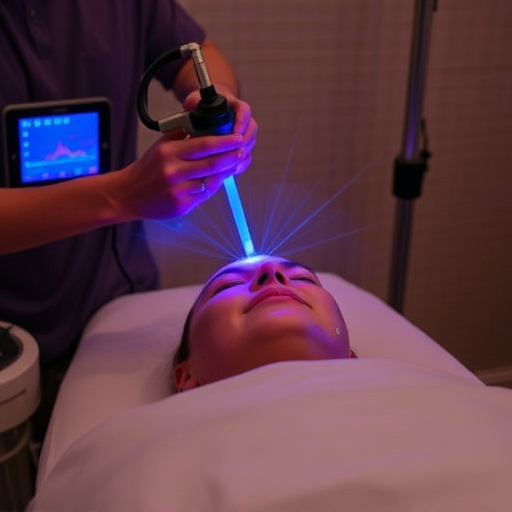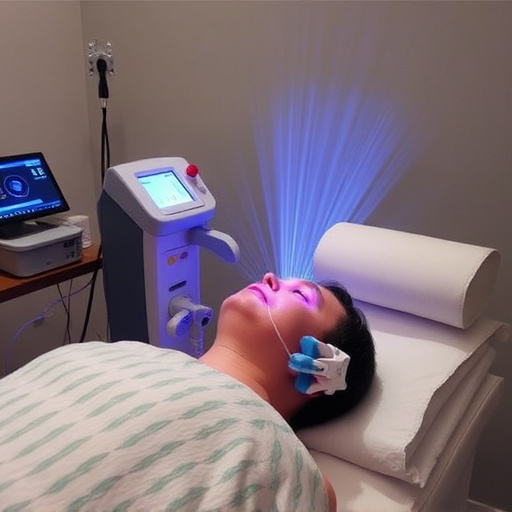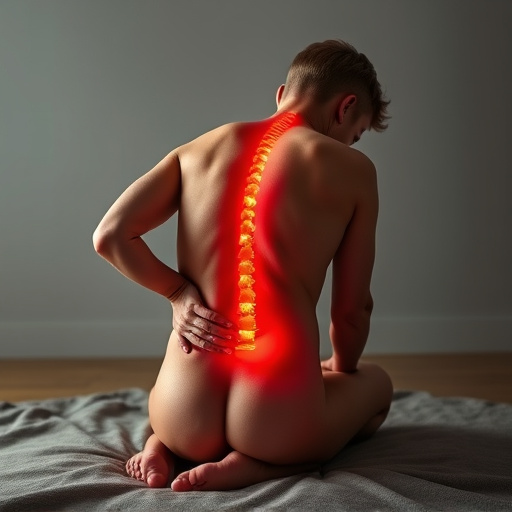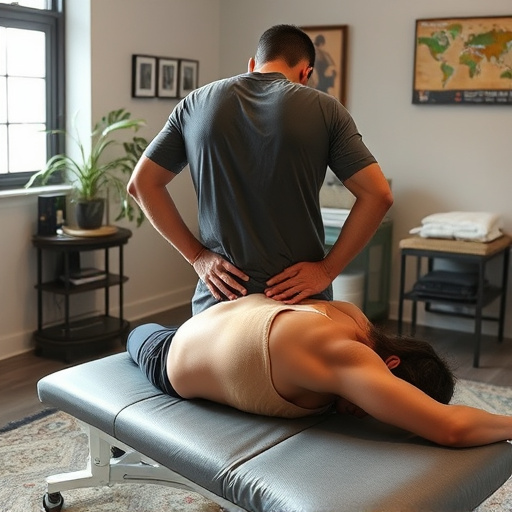Ergonomic injuries in sedentary workers stem from poor work design and repetitive tasks straining specific body areas, like slouching or typing. Treatment varies by severity, including rest, physical therapy, medication, and splints to relieve symptoms and restore function. Prevention involves ergonomic solutions like optimized workplaces and safe lifting practices, plus personalized rehabilitation with chiropractic care for recovery and future injury avoidance.
Repetitive stress conditions (RSCs) caused by ergonomic injuries are prevalent in today’s workspace. From keyboard fatigue to carpal tunnel syndrome, these issues can significantly impact productivity and quality of life. This article delves into the causes, risk factors, and offers a comprehensive guide to effective treatment approaches for RSCs. Additionally, it explores proactive measures to prevent future ergonomic injuries through strategic solutions, empowering individuals to maintain optimal health in their work environments. Discover practical steps towards ergonomic injury treatment and long-term wellness.
- Understanding Ergonomic Injury Causes and Risk Factors
- Treatment Approaches for Repetitive Stress Conditions
- Preventing Future Injuries through Ergonomic Solutions
Understanding Ergonomic Injury Causes and Risk Factors

Ergonomic injuries often stem from prolonged exposure to poorly designed work environments or repetitive tasks that place excessive strain on specific areas of the body. These conditions, common in today’s sedentary workforce, can result from various factors. Poor posture, for instance, is a significant contributor, leading to issues like carpal tunnel syndrome and tendinitis. Additionally, repetitive motions, such as constant typing or heavy lifting, increase the risk of muscle strains and joint damage.
Specific occupations, including data entry clerks, assembly line workers, and office staff, are more susceptible due to their routine tasks and static postures. Age is also a factor; as individuals age, their bodies may become less adaptable to these repetitive stressors, resulting in conditions like lower back pain or arthritis. Recognizing these causes is the first step towards effective ergonomic injury treatment and injury rehabilitation, focusing on strategies to alleviate symptoms, such as headache relief, and prevent further damage, particularly through tailored neck pain treatment plans.
Treatment Approaches for Repetitive Stress Conditions

The treatment approaches for repetitive stress conditions, often referred to as ergonomic injuries, vary based on the severity and specific affected area, such as lower back pain. Initially, rest and modification of activities are crucial to alleviate symptoms. This can include taking breaks during tasks that aggravate the condition and adjusting work or home stations to promote better posture and reduce strain. Physical therapy is another common non-invasive treatment option, focusing on exercises to strengthen supporting muscles and improve flexibility.
For persistent conditions, healthcare professionals might recommend advanced treatments like shockwave therapy, which uses acoustic waves to stimulate healing in damaged soft tissues. Additionally, over-the-counter or prescription medications can help manage pain and inflammation. In some cases, specialized splints or braces provide temporary support during recovery. The goal of these diverse treatment methods is to alleviate discomfort, restore function, and prevent future ergonomic injuries.
Preventing Future Injuries through Ergonomic Solutions

Preventing future ergonomic injuries is a proactive approach that goes hand in hand with effective treatment. Once an ergonomic injury has occurred, it’s crucial to address the underlying causes to avoid recurrence. This involves implementing ergonomic solutions tailored to an individual’s specific needs and work habits. By assessing work environments and routines, professionals can identify risk factors and make necessary adjustments. Simple changes like improving workstation setup, incorporating ergonomic tools, and promoting proper lifting techniques can significantly reduce the chances of future injuries.
Personalized treatment plans that include injury rehabilitation play a vital role in recovery. A personal injury chiropractic specialist might incorporate various therapies, exercises, and education to restore function, improve strength, and enhance flexibility. These tailored interventions not only alleviate symptoms but also empower individuals with the knowledge to maintain good posture, prevent strain, and develop healthy habits that support long-term wellness.
Ergonomic injury treatment is a holistic approach that combines understanding causes, implementing effective treatment strategies, and preventing future incidents. By addressing risk factors and adopting ergonomic solutions, individuals can effectively manage and alleviate repetitive stress conditions. Early intervention and a proactive mindset are key to long-term relief and maintaining a healthy work environment.














